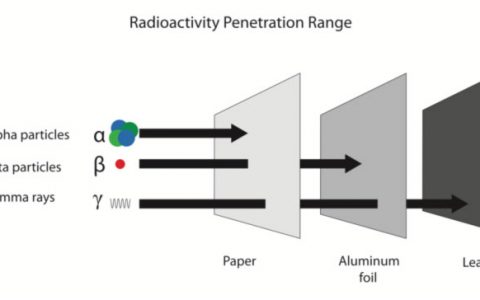
Solar energy market, led by China, set the world record in the new renewable energy generation, a capacity reached last year, when solar energy represented more than double the capacity of new fossil fuel facilities, a report endorsed by the UN showed on Thursday.
Together, renewable energy added 157 gigawatts (GW) of generating capacity worldwide last year.
In the case of solar energy, in 2017, were installed 98 GW of capacity, of which more than half (53 GW) came from China, according to UN Environment, the Collaborating Center of the Frankfurt School-UNEP and Bloomberg New Energy Finance.
The new renewable energy generation capacity, which also includes wind, biomass, and geothermal energy, eclipsed the 70 GW of new net capacity from fossil fuels in 2017, the same report said.
Surprisingly, China adopted a sustainable policy, investing in renewable energy and anti-climate change, while the US government is still showing carelessness in this regard.
Renewable energy should overcome the environmental-disastrous energy production sources
“We are at a turning point … from fossil fuels to the world of renewables,” Erik Solheim, head of UN Environment, told for Reuters. “The markets are there and renewables can compete with coal, they can compete with oil and gas,” he added.
Fossil fuels, however, still dominate existing capacity.
Sources of solar, wind, biomass and other renewable sources generated 12.1 percent of global electricity in 2017, up from 5.2 percent in the previous decade, according to Erik Solheim.
Climate scientists have advised governments that renewable energy should become the dominant energy source by mid-century if they want to meet the stricter targets set by the 2015 Paris climate agreement to combat global warming.
Global investment in renewable energy increased by 2 percent to more than 279,000 million in 2017 in comparison to 2016. China registered the greatest investments in renewable energy, more than 126,000 million, the largest amount ever recorded and representing 45 percent of the world’s total.




